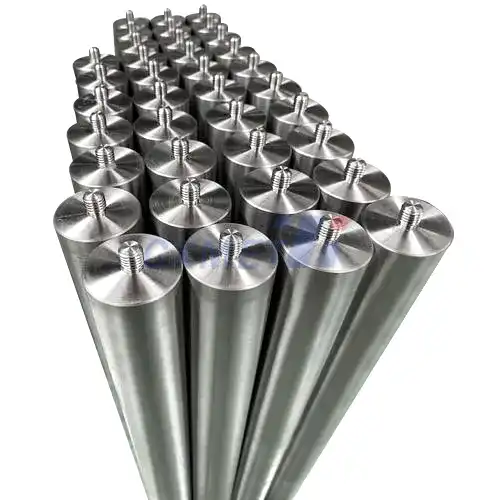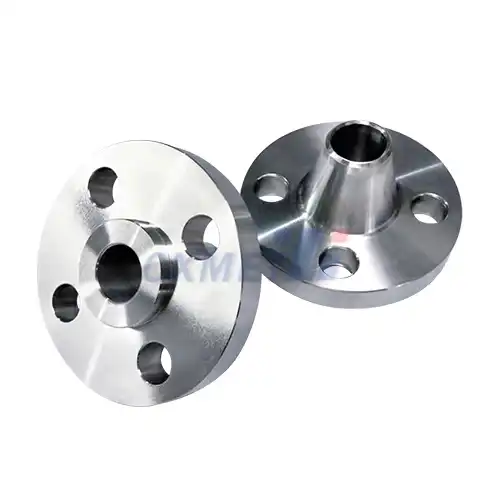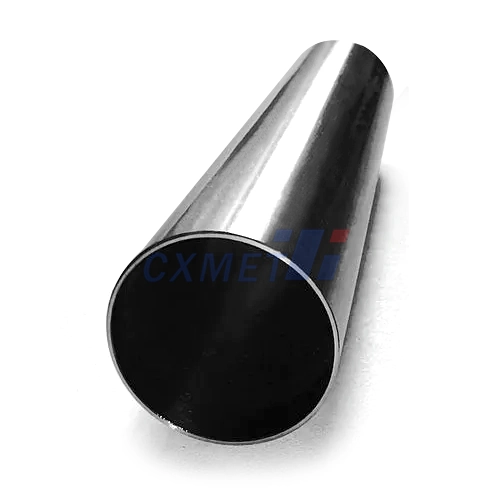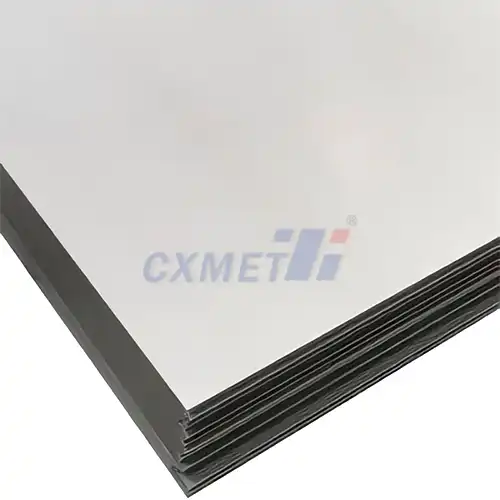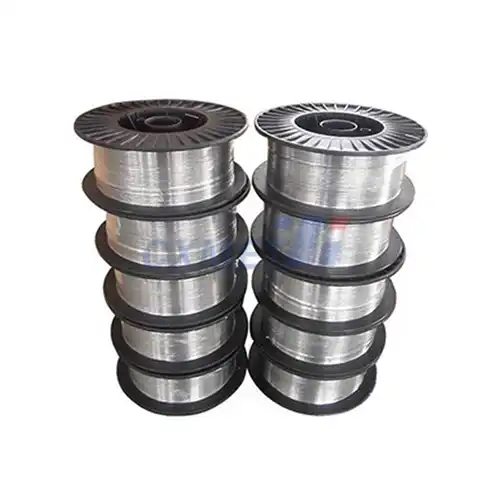- English
- French
- German
- Portuguese
- Spanish
- Russian
- Japanese
- Korean
- Arabic
- Greek
- German
- Turkish
- Italian
- Danish
- Romanian
- Indonesian
- Czech
- Afrikaans
- Swedish
- Polish
- Basque
- Catalan
- Esperanto
- Hindi
- Lao
- Albanian
- Amharic
- Armenian
- Azerbaijani
- Belarusian
- Bengali
- Bosnian
- Bulgarian
- Cebuano
- Chichewa
- Corsican
- Croatian
- Dutch
- Estonian
- Filipino
- Finnish
- Frisian
- Galician
- Georgian
- Gujarati
- Haitian
- Hausa
- Hawaiian
- Hebrew
- Hmong
- Hungarian
- Icelandic
- Igbo
- Javanese
- Kannada
- Kazakh
- Khmer
- Kurdish
- Kyrgyz
- Latin
- Latvian
- Lithuanian
- Luxembou..
- Macedonian
- Malagasy
- Malay
- Malayalam
- Maltese
- Maori
- Marathi
- Mongolian
- Burmese
- Nepali
- Norwegian
- Pashto
- Persian
- Punjabi
- Serbian
- Sesotho
- Sinhala
- Slovak
- Slovenian
- Somali
- Samoan
- Scots Gaelic
- Shona
- Sindhi
- Sundanese
- Swahili
- Tajik
- Tamil
- Telugu
- Thai
- Ukrainian
- Urdu
- Uzbek
- Vietnamese
- Welsh
- Xhosa
- Yiddish
- Yoruba
- Zulu
What Applications are Ti-13Nb-13Zr Titanium Rods Used In?
2025-03-19 16:37:26
Ti-13Nb-13Zr titanium rods are advanced biomaterials that have gained significant attention in various medical and industrial applications. This alloy combines the excellent properties of titanium with the enhanced characteristics provided by niobium and zirconium. The unique composition of Ti-13Nb-13Zr offers improved biocompatibility, mechanical strength, and corrosion resistance, making it an ideal choice for a wide range of applications, particularly in the medical field. In this blog post, we will explore the diverse applications of Ti-13Nb-13Zr titanium rods and answer some common questions about their use.
|
|
|
How do Ti-13Nb-13Zr Titanium Rods compare to other biomaterials?
Ti-13Nb-13Zr titanium rods have emerged as a superior alternative to traditional biomaterials in various medical applications. When compared to other commonly used materials, such as stainless steel, cobalt-chromium alloys, or even pure titanium, Ti-13Nb-13Zr offers several advantages that make it stand out in the field of biomaterials.
One of the primary benefits of Ti-13Nb-13Zr is its excellent biocompatibility. The alloy's composition is carefully designed to minimize the risk of adverse reactions within the human body. Unlike some other materials that may cause allergic responses or long-term complications, Ti-13Nb-13Zr has shown remarkable compatibility with human tissues. This property is particularly crucial for implants and medical devices that are intended for long-term use within the body.
In terms of mechanical properties, Ti-13Nb-13Zr exhibits a lower elastic modulus compared to other titanium alloys and stainless steel. This characteristic is beneficial as it helps reduce the stress shielding effect, which can lead to bone resorption around implants. The closer match between the elastic modulus of Ti-13Nb-13Zr and human bone promotes better load distribution and enhances the overall integration of the implant with the surrounding tissue.
Corrosion resistance is another area where Ti-13Nb-13Zr excels. The addition of niobium and zirconium to the titanium base significantly improves the alloy's resistance to various forms of corrosion, including pitting and crevice corrosion. This enhanced corrosion resistance ensures the longevity of implants and reduces the risk of metal ion release into the body, which can be a concern with some other biomaterials.
Furthermore, Ti-13Nb-13Zr demonstrates superior fatigue strength compared to many other biomaterials. This property is crucial for applications that involve cyclic loading, such as joint replacements or dental implants. The improved fatigue resistance contributes to the long-term stability and reliability of medical devices made from this alloy.
In terms of osseointegration, Ti-13Nb-13Zr has shown promising results. The surface of the alloy can be modified to enhance bone cell adhesion and proliferation, leading to better integration between the implant and the surrounding bone tissue. This characteristic is particularly valuable in orthopedic and dental applications, where strong bone-implant interfaces are essential for long-term success.
While Ti-13Nb-13Zr offers numerous advantages, it's important to note that the choice of biomaterial depends on the specific application and individual patient needs. Factors such as cost, manufacturing complexity, and specific mechanical requirements may influence the selection of materials in certain cases. However, the overall performance and biocompatibility of Ti-13Nb-13Zr make it an increasingly popular choice in the medical field, particularly for applications requiring long-term implantation and high mechanical demands.
What are the key benefits of using Ti-13Nb-13Zr Titanium Rods in medical implants?
The use of Ti-13Nb-13Zr titanium rods in medical implants offers a multitude of benefits that have revolutionized the field of biomedical engineering. These advantages stem from the unique properties of the alloy and its interaction with the human body, making it an ideal material for various implant applications.
One of the primary benefits of Ti-13Nb-13Zr is its exceptional biocompatibility. The alloy's composition is carefully formulated to minimize the risk of adverse reactions within the human body. Unlike some other materials that may trigger immune responses or cause long-term complications, Ti-13Nb-13Zr has demonstrated remarkable compatibility with human tissues. This high level of biocompatibility reduces the risk of implant rejection and promotes better healing and integration with the surrounding tissues.
The mechanical properties of Ti-13Nb-13Zr are another significant advantage in medical implants. The alloy possesses a lower elastic modulus compared to other titanium alloys and stainless steel, which is closer to that of human bone. This characteristic helps to reduce the stress shielding effect, a phenomenon where the implant bears most of the load, leading to bone resorption around it. By better matching the elastic modulus of bone, Ti-13Nb-13Zr implants promote more natural load distribution, which can lead to improved long-term outcomes and reduced risk of implant loosening.
Corrosion resistance is a critical factor in the longevity and safety of medical implants, and Ti-13Nb-13Zr excels in this area. The addition of niobium and zirconium to the titanium base significantly enhances the alloy's resistance to various forms of corrosion, including pitting and crevice corrosion. This improved corrosion resistance ensures the durability of the implants and minimizes the risk of metal ion release into the body, which can be a concern with some other biomaterials.
The fatigue strength of Ti-13Nb-13Zr is superior to many other biomaterials, making it particularly suitable for applications that involve cyclic loading, such as joint replacements or dental implants. This enhanced fatigue resistance contributes to the long-term stability and reliability of medical devices, reducing the risk of implant failure and the need for revision surgeries.
Osseointegration, the direct structural and functional connection between living bone and the surface of an implant, is crucial for the success of many medical implants. Ti-13Nb-13Zr has shown excellent osseointegration properties, with the ability to form a strong bond with surrounding bone tissue. The surface of the alloy can be modified to enhance bone cell adhesion and proliferation, leading to better integration between the implant and the bone. This characteristic is particularly valuable in orthopedic and dental applications, where a strong bone-implant interface is essential for long-term success.
Furthermore, Ti-13Nb-13Zr offers excellent wear resistance, which is crucial for implants subject to friction and movement, such as joint replacements. The alloy's wear properties help to minimize debris generation, reducing the risk of inflammation and implant loosening over time.
The radiolucency of Ti-13Nb-13Zr is another advantage in medical applications. The alloy allows for clearer imaging in X-rays and CT scans compared to some other metallic implants, facilitating better post-operative monitoring and assessment of the implant and surrounding tissues.
Lastly, the ability to customize and manufacture Ti-13Nb-13Zr implants using advanced techniques such as 3D printing and additive manufacturing opens up new possibilities in personalized medicine. This flexibility allows for the creation of patient-specific implants that can better match individual anatomy and requirements, potentially improving outcomes and patient satisfaction.
|
|
|
How are Ti-13Nb-13Zr Titanium Rods manufactured and processed for specific applications?
The manufacturing and processing of Ti-13Nb-13Zr titanium rods for specific applications involve a series of sophisticated techniques and careful considerations to ensure the final product meets the stringent requirements of its intended use, particularly in medical and industrial settings.
The process begins with the careful selection and preparation of raw materials. High-purity titanium, niobium, and zirconium are combined in precise proportions to create the Ti-13Nb-13Zr alloy. This step is crucial as the exact composition of the alloy significantly influences its final properties. The raw materials are typically melted in a vacuum or inert atmosphere to prevent contamination and ensure the purity of the resulting alloy.
Once the alloy is formed, it undergoes a series of thermomechanical processes to achieve the desired shape and properties. These processes may include hot working, cold working, and heat treatment. Hot working, such as forging or rolling, is often employed to break down the as-cast structure and improve the alloy's mechanical properties. This step helps in refining the grain structure and enhancing the overall strength of the material.
Cold working techniques, such as drawing or swaging, may be used to further refine the microstructure and achieve specific dimensions for the titanium rods. These processes can significantly increase the strength and hardness of the alloy, but they must be carefully controlled to avoid excessive work hardening that could lead to brittleness.
Heat treatment is a critical step in the manufacturing process of Ti-13Nb-13Zr rods. Various heat treatment protocols can be employed to optimize the alloy's properties for specific applications. For instance, solution treatment followed by aging can be used to enhance the strength and ductility of the alloy. The precise temperatures and durations of these heat treatments are carefully controlled to achieve the desired microstructure and properties.
Surface treatment is another crucial aspect of manufacturing Ti-13Nb-13Zr rods, especially for medical applications. Various surface modification techniques can be employed to enhance the biocompatibility and osseointegration properties of the implants. These may include mechanical treatments like grit blasting or chemical treatments such as acid etching. More advanced techniques like plasma spraying or hydroxyapatite coating can also be used to create bioactive surfaces that promote bone growth and implant integration.
For applications requiring complex geometries or patient-specific designs, advanced manufacturing techniques such as additive manufacturing (3D printing) are increasingly being used. These methods allow for the creation of intricate structures and customized implants that can better match individual patient anatomy. However, post-processing steps are often required to achieve the desired surface finish and mechanical properties.
Quality control is an integral part of the manufacturing process for Ti-13Nb-13Zr rods. Rigorous testing is conducted at various stages to ensure the material meets the required specifications. This may include chemical analysis to verify composition, mechanical testing to assess strength and ductility, and microstructural analysis to evaluate grain structure and phase composition. For medical applications, additional tests for biocompatibility and corrosion resistance are typically performed.
The final steps in the manufacturing process often involve cleaning, sterilization, and packaging, particularly for medical implants. These steps are crucial to ensure the product is free from contaminants and ready for use in surgical procedures.
It's worth noting that the specific manufacturing and processing techniques used for Ti-13Nb-13Zr rods can vary depending on the intended application and the requirements of the final product. Manufacturers often develop proprietary processes to optimize the properties of the alloy for specific uses, such as orthopedic implants, dental implants, or aerospace components.
In conclusion, the manufacturing and processing of Ti-13Nb-13Zr titanium rods involve a complex interplay of metallurgy, materials science, and engineering. The careful control of each step in the process is essential to produce high-quality rods that meet the demanding requirements of medical and industrial applications. As research in this field continues, we can expect further refinements in manufacturing techniques that will lead to even better performing Ti-13Nb-13Zr products in the future.
At SHAANXI CXMET TECHNOLOGY CO., LTD, we take pride in our extensive product range, which caters to diverse customer needs. Our company is equipped with outstanding production and processing capabilities, ensuring the high quality and precision of our products. We are committed to innovation and continuously strive to develop new products, keeping us at the forefront of our industry. With leading technological development capabilities, we are able to adapt and evolve in a rapidly changing market. Furthermore, we offer customized solutions to meet the specific requirements of our clients. If you are interested in our products or wish to learn more about the intricate details of our offerings, please do not hesitate to contact us at sales@cxmet.com. Our team is always ready to assist you.
|
|
|
|
References
1. Geetha, M., et al. (2009). Ti based biomaterials, the ultimate choice for orthopaedic implants – A review. Progress in Materials Science, 54(3), 397-425.
2. Niinomi, M. (2008). Mechanical biocompatibilities of titanium alloys for biomedical applications. Journal of the Mechanical Behavior of Biomedical Materials, 1(1), 30-42.
3. Elias, C. N., et al. (2008). Biomedical applications of titanium and its alloys. JOM, 60(3), 46-49.
4. Prasad, S., et al. (2015). Titanium-Based Biomaterials for Dental and Medical Applications. Dental Implants and Bone Grafts, 3-21.
5. Wang, K. (1996). The use of titanium for medical applications in the USA. Materials Science and Engineering: A, 213(1-2), 134-137.
6. Kuroda, D., et al. (1998). Design and mechanical properties of new β type titanium alloys for implant materials. Materials Science and Engineering: A, 243(1-2), 244-249.







